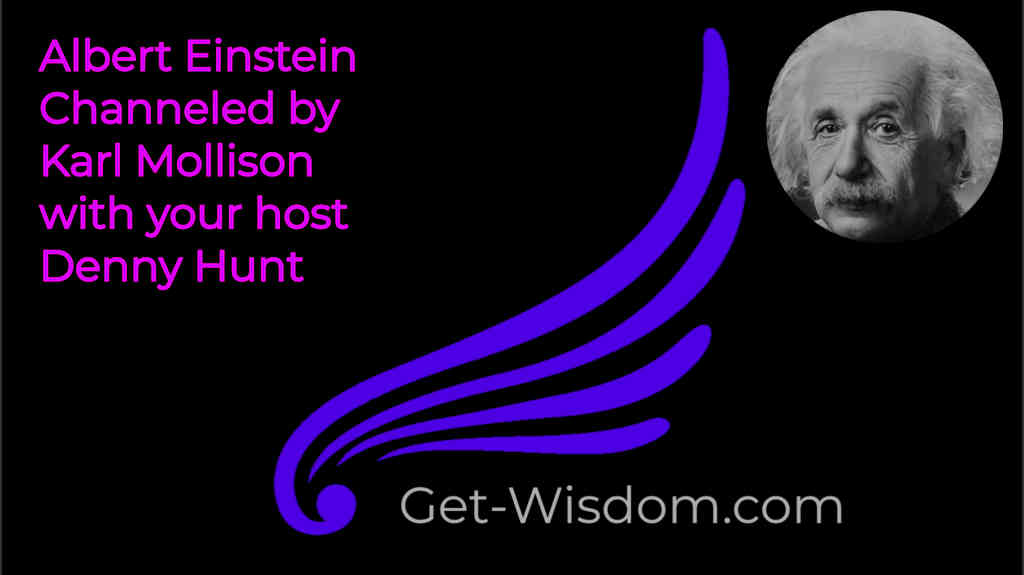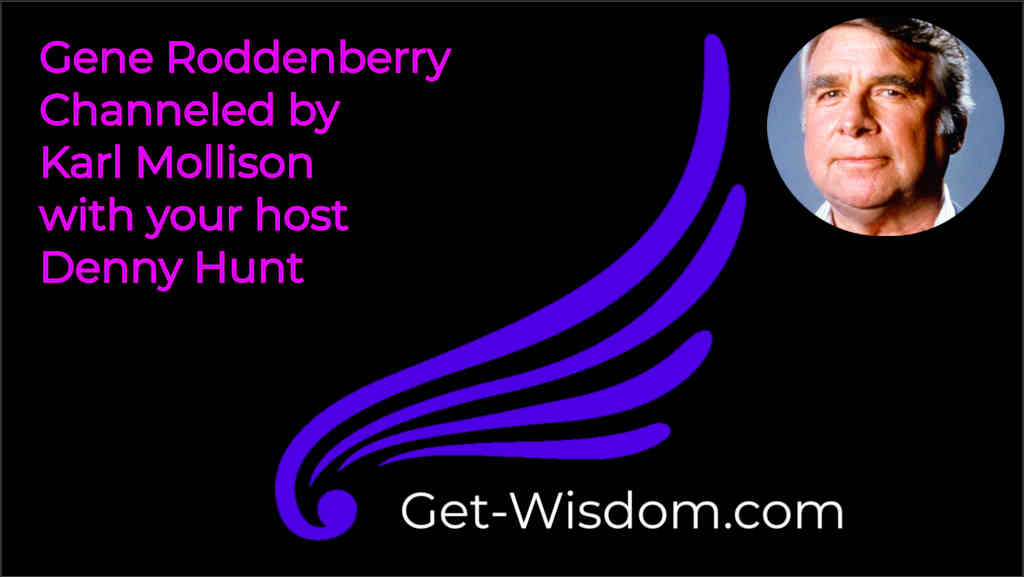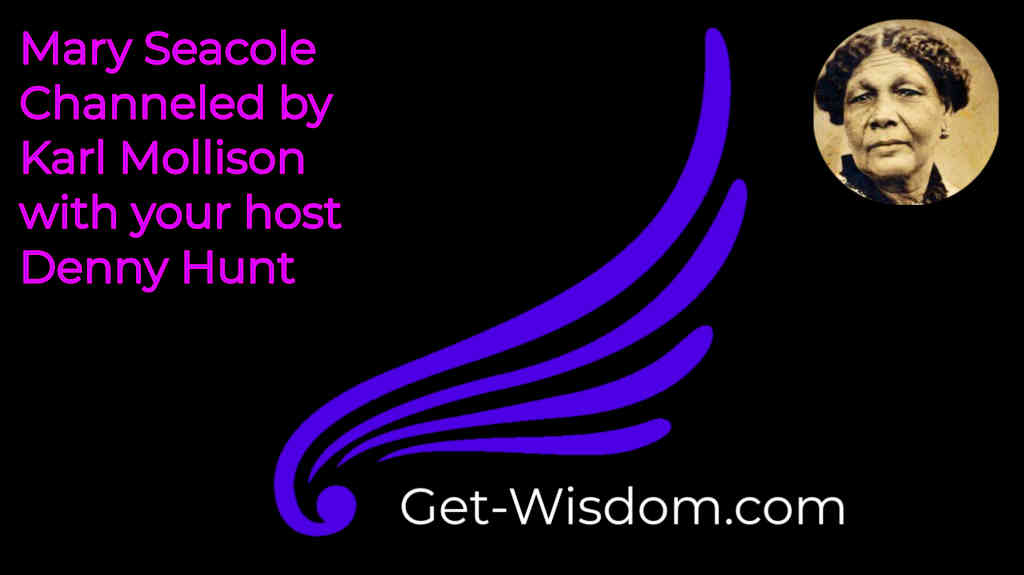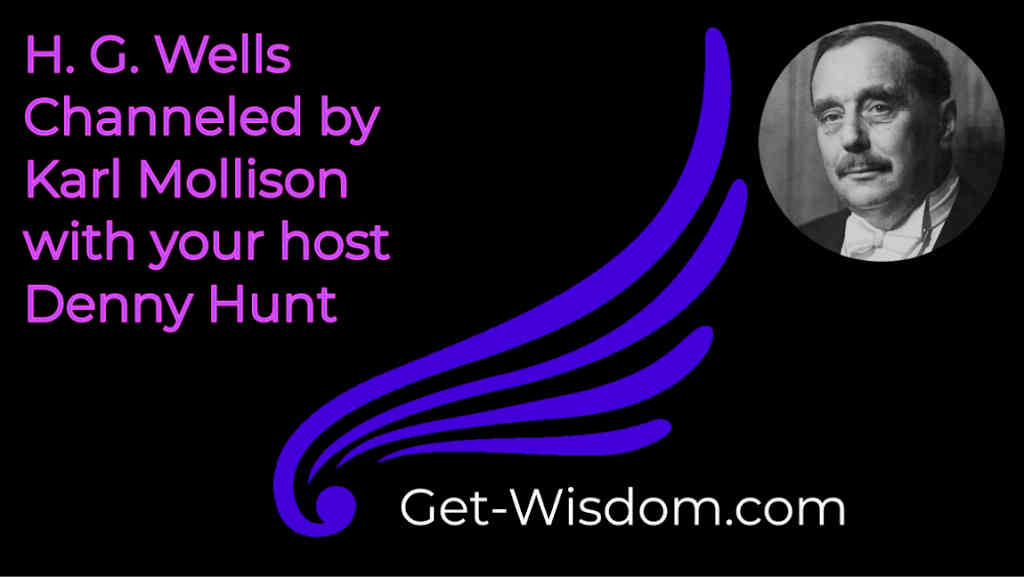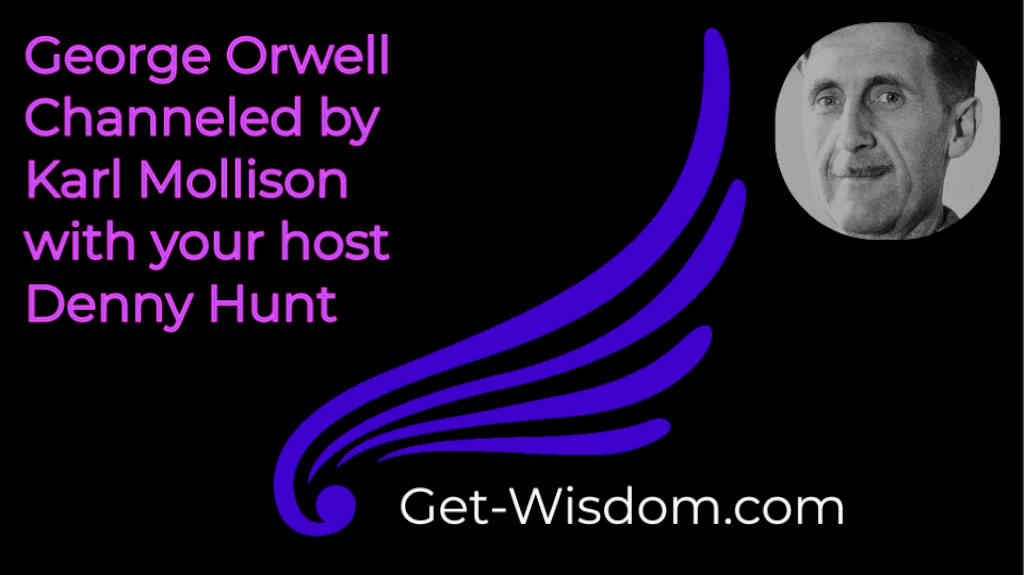
Leonardo da Vinci Channeled by Karl Mollison 01Jan2019
From https://en.wikipedia.org/wiki/Leonardo_da_Vinci
Leonardo da Vinci 15 April 1452 – 2 May 1519), was an Italian polymath of the Renaissance whose areas of interest included invention, painting, sculpting, architecture, science, music, mathematics, engineering, literature, anatomy, geology, astronomy, botany, writing, history, and cartography. He has been variously called the father of palaeontology, ichnology, and architecture, and he is widely considered one of the greatest painters of all time. Sometimes credited with the inventions of the parachute, helicopter, and tank, he epitomized the Renaissance humanist ideal.
Many historians and scholars regard Leonardo as the prime exemplar of the “Universal Genius” or “Renaissance Man”, an individual of “unquenchable curiosity” and “feverishly inventive imagination”, and he is widely considered one of the most diversely talented individuals ever to have lived.
According to art historian Helen Gardner, the scope and depth of his interests were without precedent in recorded history, and “his mind and personality seem to us superhuman, while the man himself mysterious and remote”. Marco Rosci notes that, while there is much speculation regarding his life and personality, his view of the world was logical rather than mysterious, although the empirical methods he employed were unorthodox for his time.
Leonardo was born out of wedlock to notary Piero da Vinci and a peasant woman named Caterina in Vinci in the region of Florence, and he was educated in the studio of Florentine painter Andrea del Verrocchio. Much of his earlier working life was spent in the service of Ludovico il Moro in Milan. He later worked in Rome, Bologna, and Venice, and he spent his last years in France at the home awarded to him by Francis I of France.
Leonardo is renowned primarily as a painter. The Mona Lisa is the most famous of his works and the most parodied portrait, and The Last Supper is the most reproduced religious painting of all time. His drawing of the Vitruvian Man is also regarded as a cultural icon, being reproduced on items as varied as the euro coin, textbooks, and T-shirts.
His painting Salvator Mundi sold for $450.3 million at a Christie’s auction in New York on 15 November 2017, the highest price ever paid for a work of art. Perhaps 15 of his paintings have survived. Nevertheless, these few works compose a contribution to later generations of artists rivaled only by that of his contemporary Michelangelo, together with his notebooks, which contain drawings, scientific diagrams, and his thoughts on the nature of painting.
Leonardo is revered for his technological ingenuity. He conceptualized flying machines, a type of armored fighting vehicle, concentrated solar power, an adding machine, and the double hull. Relatively few of his designs were constructed or even feasible during his lifetime, as the modern scientific approaches to metallurgy and engineering were only in their infancy during the Renaissance. Some of his smaller inventions, however, entered the world of manufacturing unheralded, such as an automated bobbin winder and a machine for testing the tensile strength of wire. A number of his most practical inventions are displayed as working models at the Museum of Vinci. He made substantial discoveries in anatomy, civil engineering, geology, optics, and hydrodynamics, but he did not publish his findings and they had no direct influence on later science.
Was Leonardo the premiere time traveler in his day?

